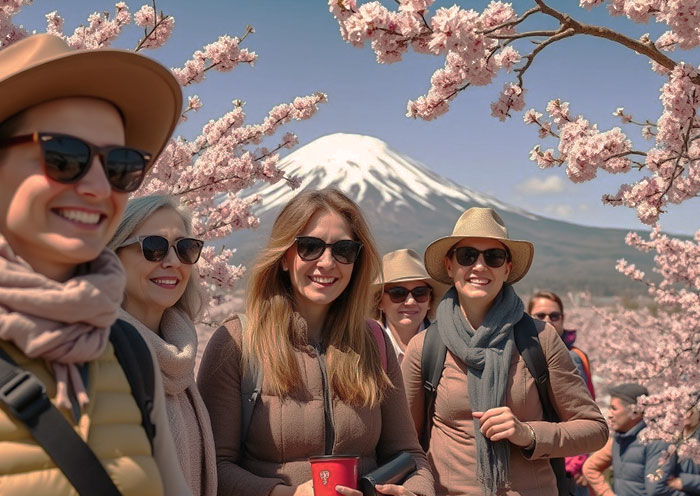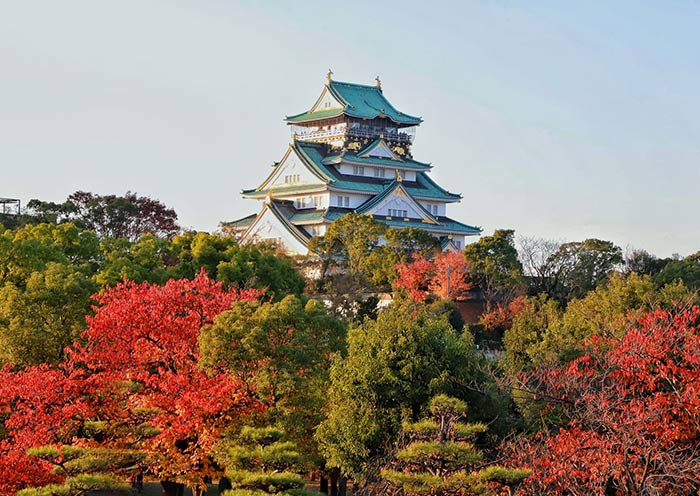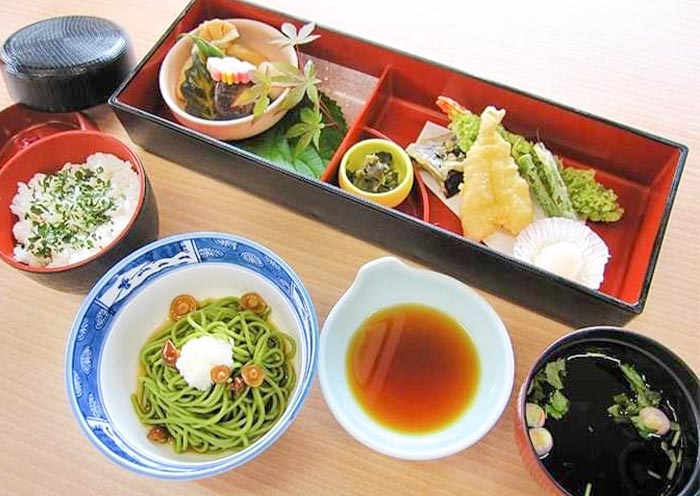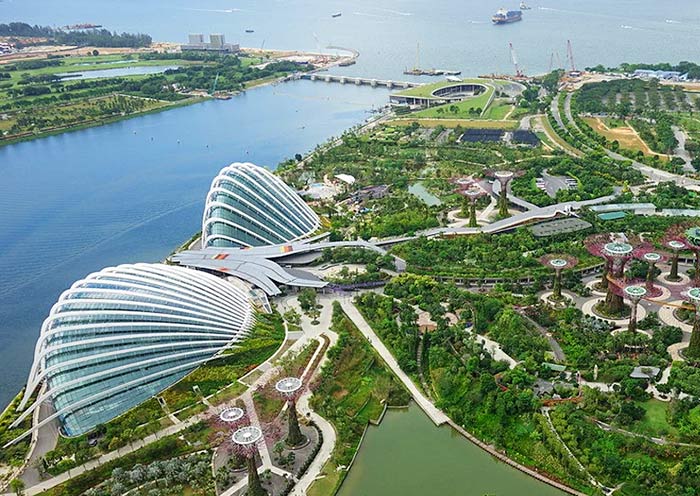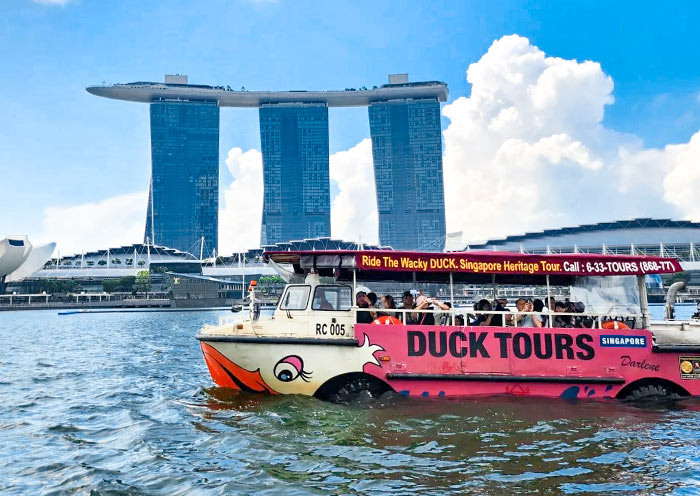9 Days Singapore Japan Tour - From Lion City to Mount Fuji
- Highlights
- Itinerary
- Price
- Trip Notes
- Accommodation
- Photos
- Reviews
Japan Tour from Singapore - Asia Odyssey in Two Developed Countries
Experience a seamless Asia odyssey across two of the world’s most developed countries! Our 9 Days Singapore Japan Tour blends Singapore’s multicultural vibrancy with Japan’s iconic traditions and natural wonders, offering an unforgettable fusion of modernity and heritage.
Singapore’s City of Future: Explore Kampong Glam’s vibrant streets, marvel at Merlion Park, and wander the UNESCO-listed Singapore Botanic Gardens. Indulge in a culinary adventure with diverse cuisines like Chinese, Malay, Indian, and Peranakan. View the modern skylines of the tiny country that cover 70% green.
Japan’s Golden Route: Gaze at Mount Fuji from Lake Kawaguchi’s shores, cruise its tranquil waters and capture the iconic pagoda view at Arakurayama Sengen Park. Explore Tokyo, Kyoto, and Osaka for Modern cities, stunning nature, ancient temples, Delicate/refined Japanese cuisine, and vibrant culture, all connected by the Shinkansen.
From Lion City’s innovation to Mount Fuji’s timeless beauty. Whether sipping matcha in Kyoto or admiring Singapore’s orchids, our 9 Days Japan Tour from Singapore bridges Asia’s past and future. Book now a journey where skyscrapers meet samurai spirit!

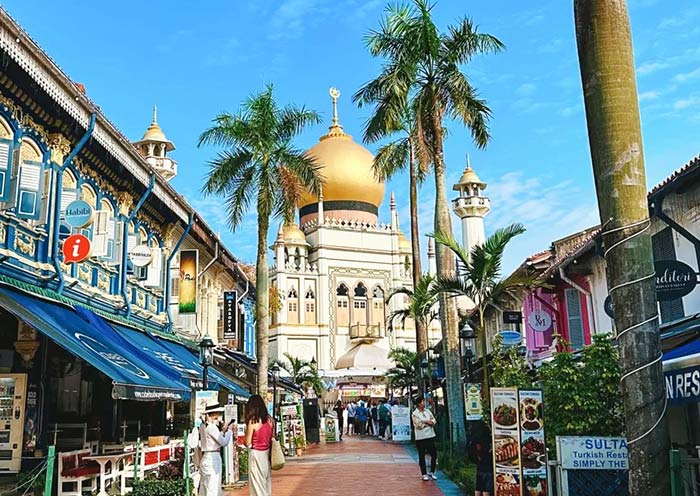

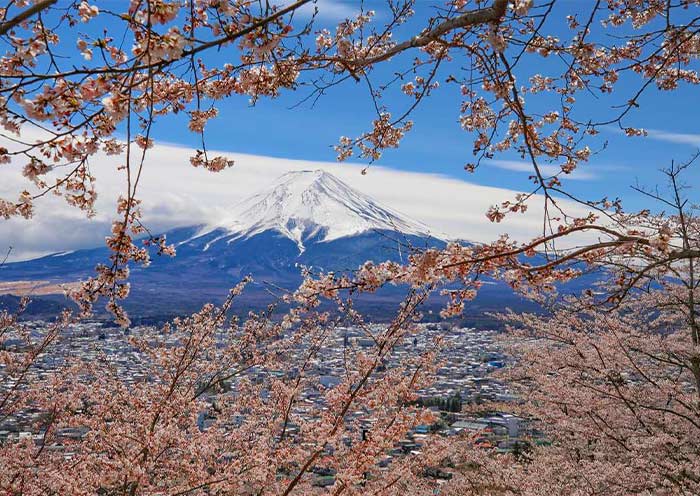
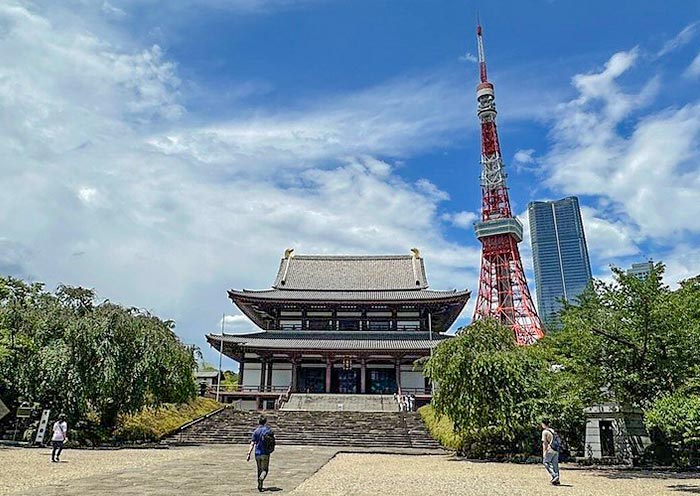
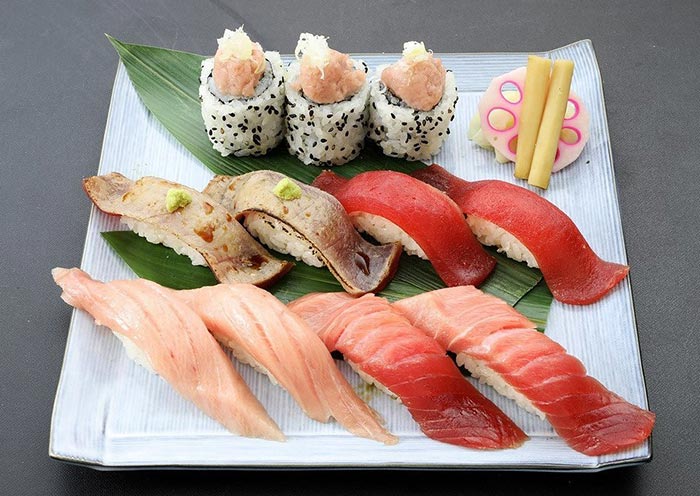
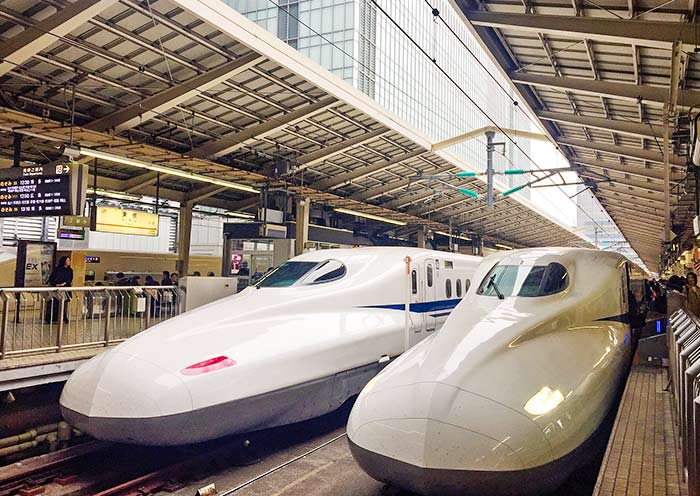
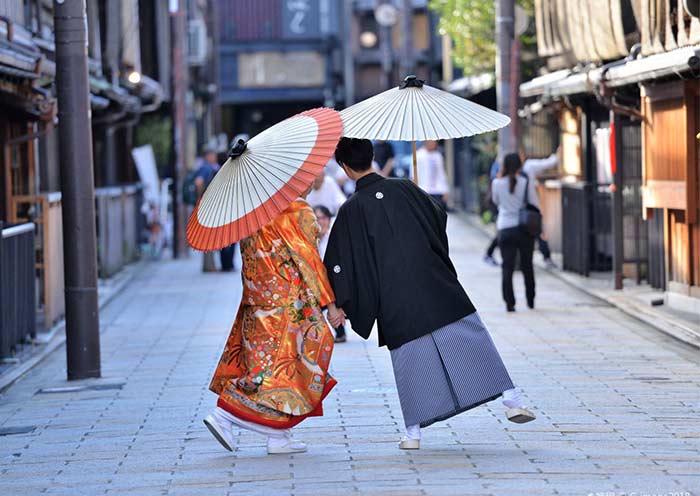
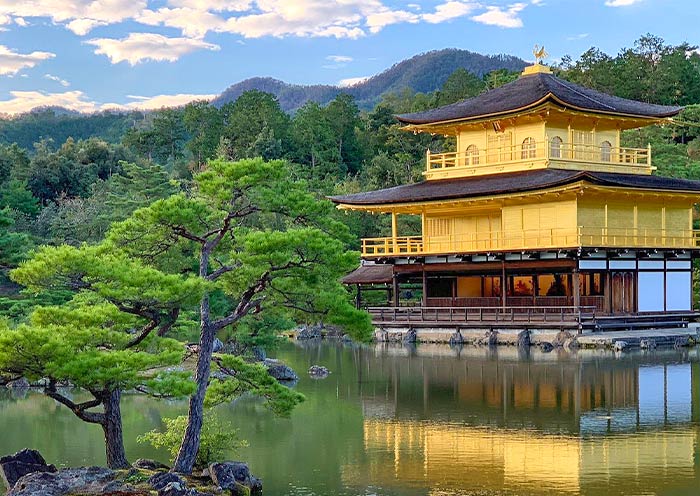
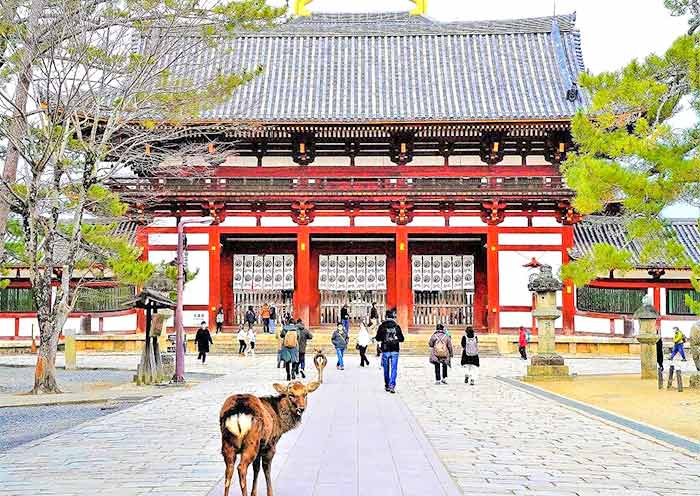
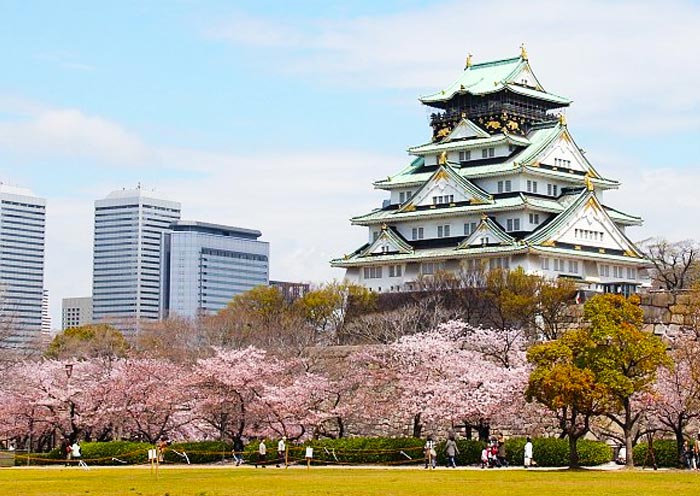
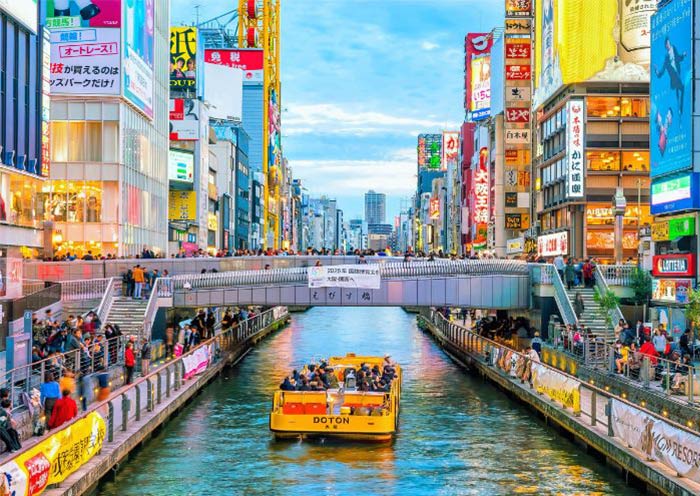
Itinerary at a Glance
Singapore (2 Days)
Kampong Glam, Merlion Park, Thian Hock Keng Temple, Singapore Botanic Gardens (World Heritage; National Orchid Garden)
Tokyo (3 Days)
Arakurayama Sengen Park, Lake Kawaguchi (with Cruise; View Mt. Fuji), Meiji Jingu Shrine (Meiji Shrine), Shibuya Crossing, Senso-ji Temple (Asakusa Kannon), Tokyo Skytree (Distant view), Tsukiji Outer Market (Tsukiji Fish Market)
Kyoto (2 Days)
Kinkakuji Temple, Nijo Castle, Fushimi Inari Taisha Shrine, Kiyomizudera Temple, Ninenzaka & Sannenzaka, Yasaka Shrine, Gion
Japan Nara (0.5 Day)
Todaiji Temple, Nara Park, Kasuga Taisha
Osaka (1.5 Days)
Osaka Castle Park, Shinsaibashi-suji Shopping Street, Dotonbori
Itinerary Day by Day
Upon arrival, your driver (Driver Only) will meet you and escort you to your hotel. After checking in to the hotel, the rest of the day is free for you to relax or explore on your own. (Note: Hotel Check in time 3 pm. Contact Asia Odyssey Travel if you need a Driver and a Tour Guide Service).
Welcome to Singapore City, the Second Smallest Country in Asia (only bigger than Maldive) ! Singapore is a unique city-state Island Nation, where the city is the country and the capital itself. Despite its land area of about 728 sq km, Singapore is renowned as the Gateway City to Asia due to its location. (PS: Singapore is about half the size of London and slightly larger than the New York City).
Situated at the Strait of Malacca, with Malaysia to the north and Indonesia to the south, Singapore is renowned as one of the Four Asian Tigers and a key port on the ancient Maritime Silk Road. As the financial hub of Southeast Asia, Singapore, a country with a dense population of over 6 million (till 2024), is among the wealthiest cities. There are 47 Singaporean billionaires in the 2024 Billionaire Ambitions Report.
Known as the Garden City and Lion City, Singapore is an English-speaking Immigration Country that continues to attract people from around the globe. It offers a blend of Asian Cultures (Chinese, Malay, Indian, Peranakan cultures) through its mouth-watering cuisines (Food Paradise), diverse religions (Buddhism, Christianity, Islam, Hinduism, Taoism), strong education system (home to top 8 and 15 universities in the world; NUS and NTU), modern architecture (Jewel Changi Airport; Marina Bay Sands), Shopping Paradise, cutting-edge technology, and strict laws (No Chewing Gum).
Despite its small size, Singapore radiates a vibrant energy that illuminates the heart of Asia. Visit Singapore with Asia Odyssey Travel to discover why Singapore is so Safe, Clean, Diverse, and Rich.
Free Time Ideas:
1.Jewel Changi (Located Outside the Airport Terminal): If you arrive early at the airport, don’t miss the chance to take the Skytrain (T2⇄T3; free) to view Rain Vortex (free), the world’s tallest indoor waterfall (40 meters). Do double-check your airport pick-up time with us at least one day in advance.
2.Clarke Quay (Bumboat): Must-visit place for Night Life, colorful shophouse, Singapore Food, and chance to spot wild Otter. Take a Singapore River Cruise (Self-pay) for panoramic views of Singapore Skyline, including Marina Bay Sands, the Merlion, and the Esplanade. (Choose Boat Quay if you prefer a quieter dining experience with scenic river views and historical charm).
3.Raffles Hotel: Visit the Long Bar of the Raffles Hotel for a cup of Singapore Sling (A World-Famous Cocktail; the National Drink of Singapore) is a Bucket List Experience. Opened in 1887, the hotel has hosted many famous figures, such as Charlie Chaplin, Elizabeth Taylor, and royalty, this Colonial Icon offers a glimpse into Singapore’s past.
Arrival Ideas:
1.Changi Airport Singapore: Singapore is a major international hub, so it's very accessible by air. Changi Airport is one of the world’s busiest and best-connected airports and is located about 20 km from the city center. Contact Asia Odyssey Travel (AOT) for ticket booking.
2.You can take Direct Flights to Singapore from London in the UK (13h 30min), New York in the USA (18h 45min), Sydney from AU (8h), Toronto of CA (19h ), Los Angeles of USA (17h 30min), and China (Hong Kong/Guangzhou/Chengdu/ Shanghai/Beijing, with 3 h 50 min to 6h 10 min).
3.You can take Budget-Friendly Connecting Flights to Singapore Via the Middle East (London/NY - Dubai/Doha - Singapore) or Via Asia (Sydney - Kuala Lumpur/Bangkok - Singapore).
4. Changi Airport is an attraction worth exploring for a full day. Consistently crowned "World's Best Airport," it is more than just a travel hub - it's a destination in itself. Blending top-notch travel amenities with shopping, dining, entertainment, waterfall, and stunning gardens, it offers a unique experience.
Singapore Travel Tips: Why opt for a half-day (max 5 hours) tour instead of a full day?
1. Navigating Singapore's tropical climate can be tiring, so a shorter tour ensures a more comfortable and enjoyable experience. As Singapore is close to the equator, the UV index is relatively high. Please avoid prolonged exposure to the outdoors as this can easily lead to heat stroke. Singapore’s Average maximum temperature is 31 to 33℃.
2. The Half-day Tour option allows you to explore the city's highlights efficiently while leaving time in the afternoon or evening for other activities like shopping, dining, or visiting other attractions you like. Singapore’s weather is unpredictable with sudden rain, so always carry an umbrella when heading out.
3. It's a budget-friendly and convenient way to make the most of your time in Singapore without feeling rushed or overwhelmed. Many of our guests find this Half-day Tour option a perfect balance of sightseeing and relaxation.
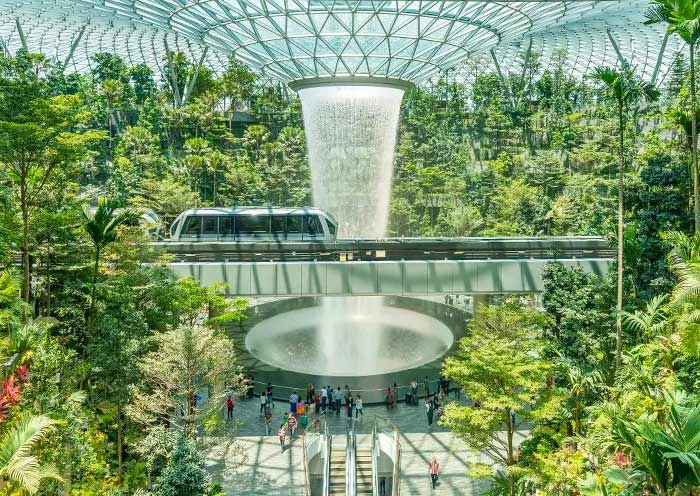
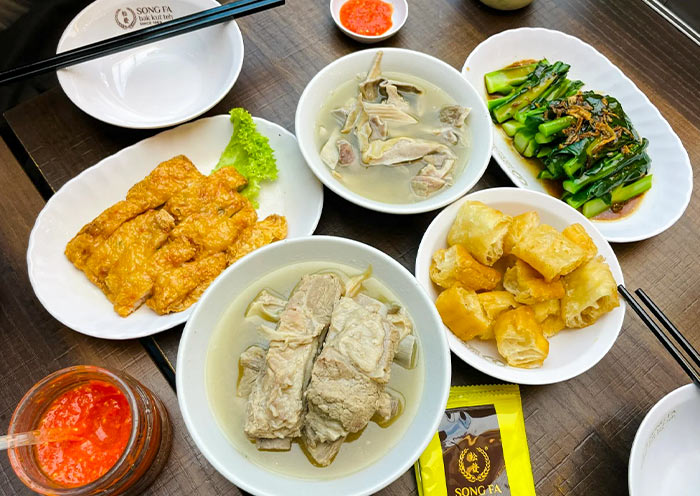
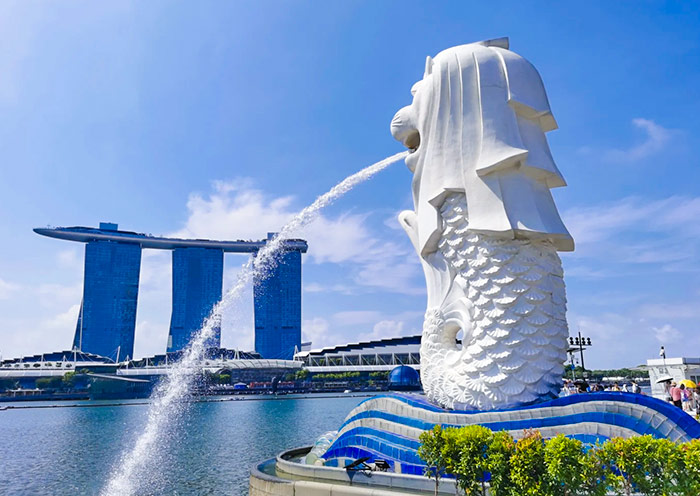

Discover Highlights of Singapore City. Wander through colorful Kampong Glam (Muslim Culture), rich in Malay & Arab heritage. At Merlion Park, capture iconic waterfront views of the Lion City. Admire the intricate architecture of Thian Hock Keng Temple (Taoist Culture), the place to worship Mazu, the Chinese sea goddess. Visiting Singapore Botanic Gardens, a green sanctuary/lung in the heart of Singapore’s urban landscape.
First, head to Kampong Glam, a good place to explore Muslim & Malay Culture. As one of the oldest street in Singapore, this area used to be the center of activities for the Malay Royal Family, and it retains many historical buildings and cultural attractions such as the Sultan Mosque, Arab Street and Haji Lane.
Kampong Glam was a seaside village 200 years ago. In Malay "Kampong" means 'village,' the village was named for the gelam trees that once grew there, used for shipbuilding and medicine. During Singapore's colonial era, Sir Stamford Raffles designated it for Malay, Arab, and Bugis communities in 1822. Today, its 19 th-century shophouses host textile shops and diverse restaurants.
The Sultan Mosque is the landmark of Kampong Glam due to its huge golden dome and towering minaret. Its architectural style is a fusion of Malay, Indian and Mughal styles, epitomizing Singapore's multiculturalism. Sultan Mosque was built in 1824 by Sultan Hussein Shah, the Sultan of Johor. In 1819, Sultan Hussein Shah's agreement with the British was a key event in the founding of modern Singapore. As part of the agreement, Sultan Hussein Shah was recognized as the First Sultan of Singapore, and the area of Kampong Glam was allocated to him and his followers. Now, the Sultan Mosque can accommodate up to 5,000 believers for worship at the same time. (Note: To enter the mosque, wear long pants and sleeves out of respect).
When visiting Kampong Glam you should not miss a visit to Haji Lane to check out the murals by local artists such as Yip Yew Chong (叶耀宗). Haji Lane is famous for its striking murals and graffiti, making it a photographer's paradise. It's packed with independent shops selling trendy fashion, vintage items, and quirky souvenirs. It's a hub for hip cafes and bars, perfect for relaxing and people-watching.
After that, you will pay a visit to Merlion Park by driving past Civic District, the historic heart of Singapore. You can view important landmarks (colonial era buildings) from your car such as the Padang, a historic field hosting national events, the elegant Singapore Cricket Club (Founded in 1852), the colonial-era Parliament House (Completed in 1827), and the stunning National Gallery Singapore.
You will have a quick stop at Merlion Park for the Merlion Statue. It is a National Symbol of Singapore that finished in 1972. The Merlion combines a lion's head and fish body, representing Singapore's 'Lion City' name and fishing village history. According to myth, a brave prince saw a lion on the island and named it Singapura, blending strength and maritime heritage. As the smallest park in Singapore, Merlion Park is the perfect spot for photoing the Merlion Statue (8.6 meter’s Height) at a close distance and viewing the Marina Bay Sands and CBD of Singapore from afar.
Then transfer to explore Thian Hock Keng, Singapore's oldest Hokkien temple and a symbol of local Taoist culture. Thian Hock Keng, built-in 1840 by early Hokkien immigrants, is dedicated to Mazu (妈祖), who protected early Chinese immigrants during their perilous sea journeys. Located in Chinatown, it is a masterpiece of traditional Southern Chinese Architecture. You can marvel at its intricate carvings, nail-less construction, colorful tile, ancestral worship traditions, and peaceful ambiance.
At Last, head to Singapore Botanic Gardens. Established in 1859, it has transformed from a British colonial-era tropical garden into a modern, world-class scientific institution focused on conservation and education. The gardens attract plant enthusiasts who come to explore tropical plants and orchids, birders hoping to spot species like the Oriental Pied Hornbill, Buffy Fish-Owl, and Stork-billed Kingfisher, as well as wildlife enthusiasts eager to encounter otters, monitor lizards, plantain squirrels, geckos... Locals frequent the gardens for jogging, picnicking, or attending concerts at its Symphony Lake.
Did you know that the Singapore Botanic Gardens played a pivotal role in the rubber industry, contributing to its recognition as the only World Heritage Site in Singapore? In 1877, the Gardens introduced the rubber tree to Singapore from Brazil via the Royal Botanic Gardens in the UK. This breakthrough led to the successful cultivation of rubber across Southeast Asia (Malaysia, Indonesia, Thailand), transforming the region into a global hub for rubber production. Its contributions to rubber cultivation, along with its rich tropical rainforest plant collection, stunning garden design, unique architecture, and cultural history, earned it UNESCO World Cultural Heritage status in 2015.
You won’t miss the crown jewel of the Singapore Botanic Gardens - the National Orchid Garden! Step into a world of color and beauty, home to over 1,000 orchid species and stunning hybrids. This is the ultimate spot to admire the Vanda Miss Joaquim (卓锦万代兰), the beloved National Flower of Singapore, and marvel at orchids named after global icons like Lee Kuan Yew (李光耀), Jackie Chan (成龙), Princess Diana, Michelle Obama, and Singapore’s very own songbird,Stefanie Sun (孙燕姿).
Travel Tips:
1.The iconic 150-year-old Tembusu tree, featured on Singapore's $5 note, is located within the Singapore Botanic Gardens. Specifically, it's found not far from the Tanglin Gate entrance.
2.The Singapore Botanic Gardens is a great spot to see Singapore's National Bird, the Crimson Sunbird. The small size and agility bird feeds on nectar and is often found among flowers in forested areas.
Free Time Ideas:
1.Take a ride on the Singapore Flyer (8:30 am to 10:30 pm; Self-pay) for panoramic city views in the night.
2.Explore Orchard Road, Singapore's famous shopping street.




Konnichiwa(こんにちは)!Welcome to Tokyo, the capital city of Japan! Upon your arrival at the airport in Tokyo, your driver (not English-speaking) will meet you at the exit and then escort you to the hotel. You can have a good rest in your hotel and get ready to explore Tokyo with your guide the next day.
Tokyo, the capital of Japan, is one of Japan and Asia's largest economic centers. Tokyo is a hub for Japanese culture and art, with numerous museums, art galleries, theaters, and cultural venues, serving as a vital platform for artistic activities and cultural exchanges. Tokyo stands as a significant base for technological advancement, nurturing numerous high-tech companies and innovative talents, holding leading positions globally in areas like electronics, automotive, and robotics technology.
Situated at the southern end of the Kanto Plain, Tokyo is surrounded by diverse natural landscapes including Mount Fuji, providing residents with leisure and outdoor activity spaces. At one point, the population of the Tokyo metropolitan area reached 36 million, accounting for one-third of Japan's total population. Despite the high cost of living, Tokyo provides residents with convenient living conditions, offering a plethora of shopping centers, entertainment facilities, and a rich culinary culture ranging from fine dining to street food.
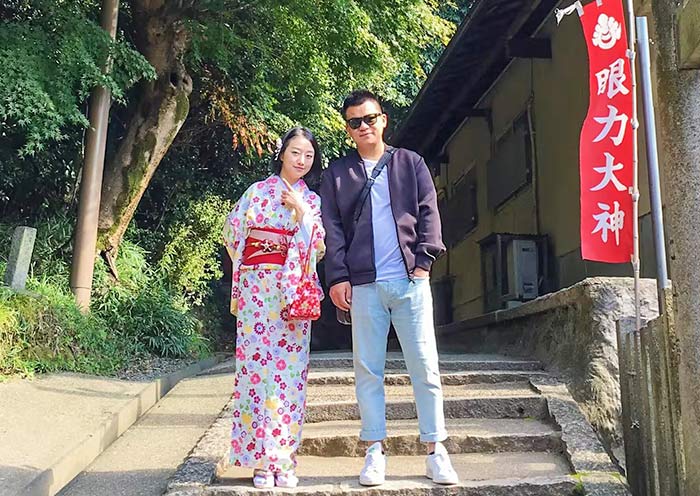
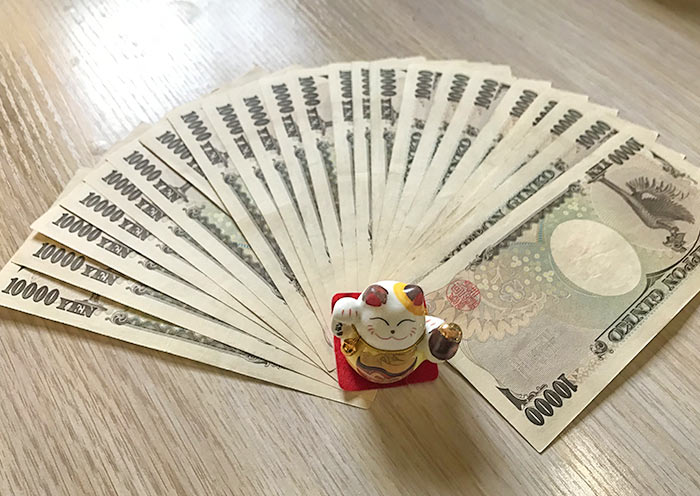
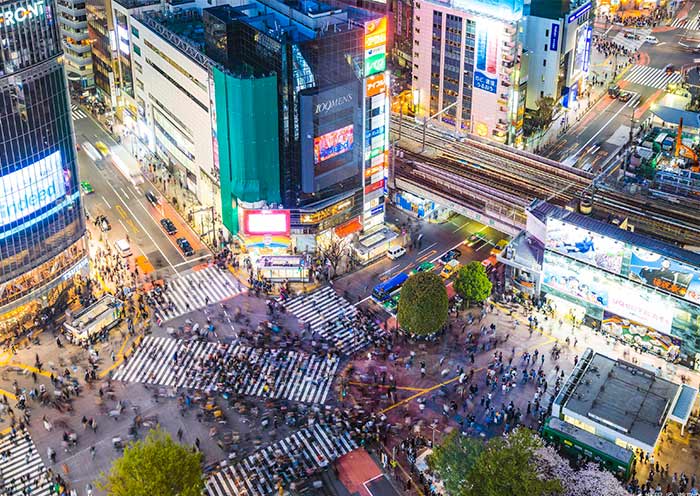
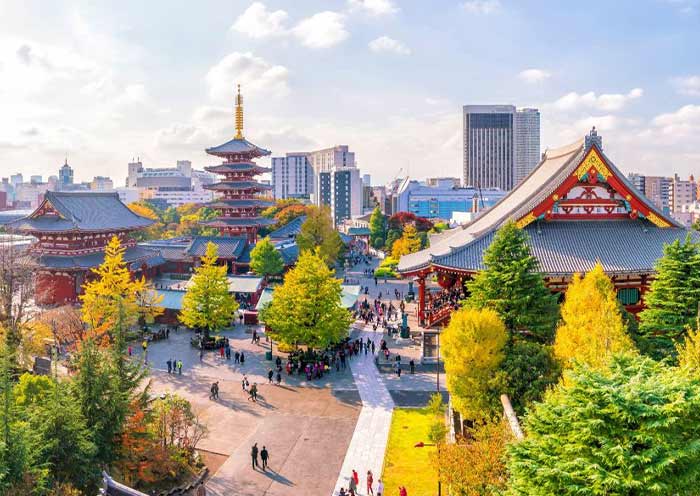
Today, it will be a full-day round trip to admire the breathtaking views of Mount Fuji from Lake Kawaguchi,
Mount Fuji is the tallest mountain in Japan. It's a famous volcano with a perfectly symmetrical cone shape. Visiting Mount Fuji is essential for any traveler in Japan. As a UNESCO World Heritage Site, Mount Fuji (3,776m) stands as an iconic symbol of Japan, a cultural and spiritual landmark (recognized as a holy mountain in Shintoism), and a natural marvel. When picturing Mount Fuji, its distinctive perfect cone shape and snow-capped peak likely come to mind. Among the most renowned depictions is Katsushika Hokusai's 'Thirty-Six Views of Mount Fuji'. Hokusai, one of the "Three Greats of Ukiyo-e", is best known for his masterpiece "The Great Wave off Kanagawa" which can be seen on the 1,000 Japanese yen bill.
Begin your journey at the renowned Arakurayama Sengen Park, where you can admire the magnificent view of a five-story pagoda set against a backdrop of majestic mountains. Hike about 15-20 minutes up to Arakurayama Sengen Shrine, dedicated to the mountain god. The shrine is surrounded by beautiful gardens and offers a peaceful atmosphere. Enjoy the gorgeous scenery and capture iconic photos at the famous Red Fuji Observation Deck.
Next, head to Lake Kawaguchi, another excellent location to leisurely view Mount Fuji. The lake boasts crystal-clear waters, providing breathtaking views of the iconic mountain and a serene atmosphere. Enjoy a cruise on the tranquil waters to marvel at the stunning reflection of Mt. Fuji in Lake Kawaguchi. Additionally, take a leisurely stroll around the lake and explore the nearby parks, galleries, and museums based on your interests.
After that, head back to Tokyo overnight and have a good rest.
Notes:
It is a long day trip, and there will be a surcharge if the tour exceeds 8 hours (For Guide, driver & vehicle).
If the weather is clear, you can enjoy a good view of Mt. Fuji. However, if the weather is not favorable, Mt. Fuji may not be visible.
The best time to view Mount Fuji is generally from December to February when skies are clearer and the peak is snow-capped. And also, April to May (for blooming cherry blossoms) and October to November (for the autumn foliage) are good times.
Early mornings often provide the best visibility before clouds obscure the view. Different locations around Mount Fuji offer varying perspectives, with some spots known for their clear views.
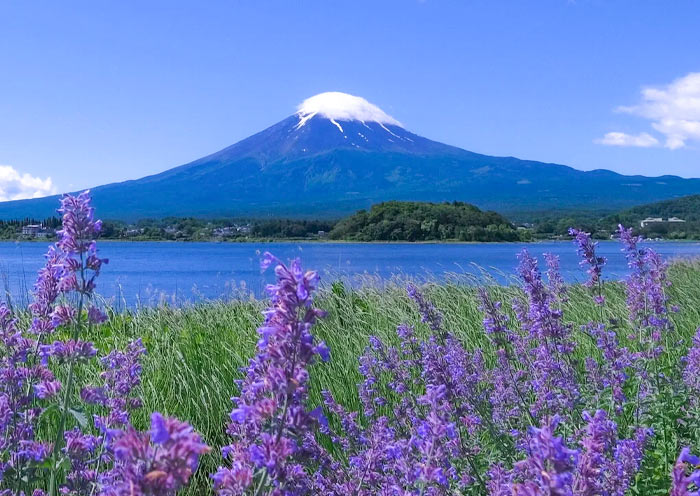
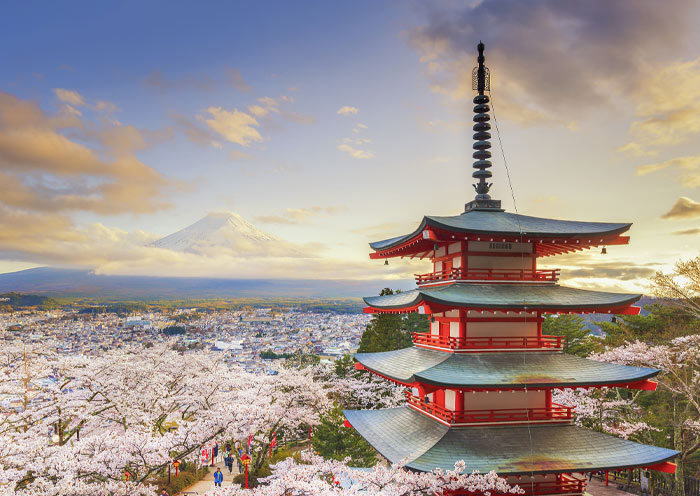
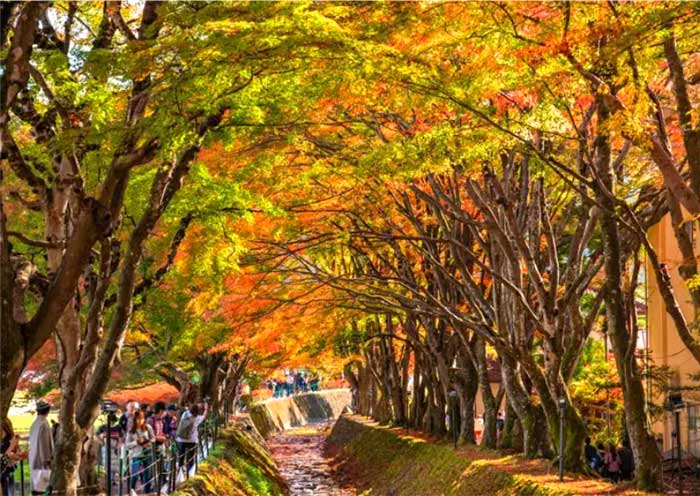
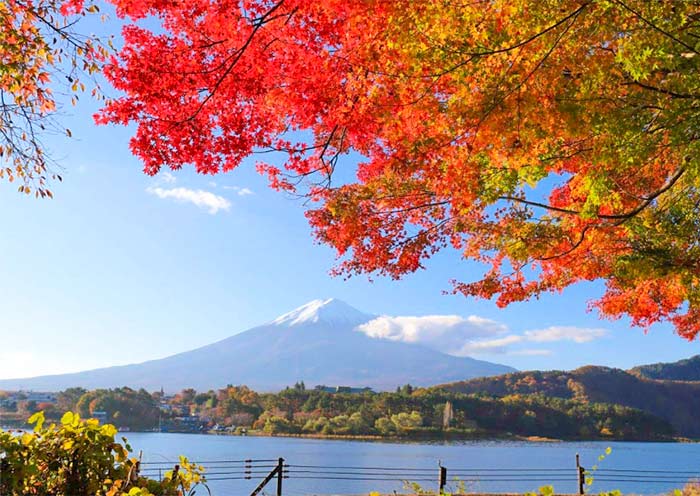
After breakfast, your guide and driver will pick up your group at your hotel. Start an amazing day exploring Tokyo in a small group!
First to visit Meiji Jingu Shrine (Meiji Shrine), a Shinto Shrine dedicated to Emperor Meiji (1852-1912) and Empress Shoken (1849-1914), who played a crucial role in modernizing Japan while excelled in writing Waka (traditional Japanese poems of 31 syllables in the pattern 5-7-5-7-7). Meiji Shrine is also a popular venue for traditional weddings, where you will have the opportunity to witness a Japanese wedding procession and experience the charm of Japanese traditional culture.
The Meiji Shrine is nestled within a tranquil forest that covers an area of 70 hectares, providing a peaceful escape from the bustling city. This forest is home to over 100,000 trees that were donated from regions across Japan during the shrine's construction, in honor of their beloved Emperor Meiji (who established Shinto as the state religion) and Empress Shoken.
Take a stroll along the paths and enjoy the fresh air and natural beauty. You will walk through Japan's largest wooden Torii gate, standing in its natural wooden hue and weighing up to 13 tons. The Torii gate serves as the Symbol of Shinto Shrines, marking the transition from the worldly to the sacred. Then, you will notice the impressive Sake Barrel Wall along the South Approach, which features offerings from sake breweries and believers across Japan, including barrels of sake and Western liquor, reflecting Emperor Meiji's fondness for Western culture.
At the main hall of Meiji Shrine, you can witness locals washing their hands and rinsing their mouths at Purification Font before worship as a sign of respect. You can offer a 5-yen coin (symbolizing a connection) like locals and pray for blessings. In the eyes of the Japanese, Meiji Shrine is considered to have such boundless capabilities, from naming ceremonies for newborns, to coming-of-age ceremonies, graduation ceremonies, seeking marriage partners, praying for world peace, family well-being, safe travels, good health, warding off calamity, etc.
In addition to immersing yourself in Japanese Shinto traditions and architecture, revel in the enchanting surroundings filled with lush trees, serene ponds, graceful bridges, and stone pathways that epitomize the essence of traditional Japanese garden art. You should visit here to enjoy the vibrant bloom of cherry blossoms in spring, the verdant beauty of summer, the fiery hues of autumn leaves, and the serene snowy landscapes of winter.
Tips for Visiting Meiji Jingu Shrine:
- Wear modest clothing: Respect the sacred nature of the shrine by dressing appropriately.
- Be mindful of noise levels: Maintain a quiet and respectful atmosphere.
- Inner Garden (Optional; self-pay; once Imperial Property), and Meiji Jingu Museum (Optional; self-pay; items used by the imperial couple).
Then, move to visit Shibuya Crossing, one of the busiest intersections in the world, accommodating approximately 3,000 people per minute. As one of Tokyo's iconic locations, Shibuya attracts tourists and photographers from around the globe who come to observe and capture its essence. Numerous movies, TV shows, commercials, and music videos are filmed at this location, such as "The Fast and the Furious: Tokyo Drift."
Additionally, if you're interested in the story of Hachiko, the loyal dog, you can also visit his bronze statue. This Hachiko statue is located outside Shibuya Station and was erected to commemorate Hachiko's loyalty. Not only is it a popular meeting spot, but it's also a must-visit attraction for tourists. The statue symbolizes the power of loyalty and love, serving as a touching tribute.
In the afternoon, head to Senso-ji Temple (Asakusa Kannon Temple), a must-visit for anyone traveling to Tokyo. Senso-ji Temple (Asakusa Kannon Temple), is one of the oldest and most famous Buddhist temples in Tokyo, located in the Asakusa district of Taito, Tokyo. The temple is dedicated to Kannon Bosatsu (Avalokiteshvara), the Bodhisattva of compassion. According to legend, in 628 AD, two fishermen retrieved a statue of Kannon from the Sumida River and decided to construct a temple to enshrine it. Completed in 645 AD, Senso-ji has since become a spiritual symbol of Tokyo.
The temple's entrance is marked by the iconic Kaminarimon (Thunder Gate), featuring a massive red lantern and protective deity statues that symbolize the temple's guardians against evil spirits. This gate is a popular photo spot and marks the beginning of Nakamise Street, a lively shopping street lined with stalls offering traditional Japanese snacks, crafts, and souvenirs, which leads up to the temple's second gate, the Hozomon.
Beyond the Hozomon lies the main hall, dedicated to Kannon and adorned with exquisite decorations, where devotees pray and worship. Adjacent to the main hall is the temple’s five-story pagoda, another striking feature, representing the traditional Japanese architectural style and symbolizing the five elements of Buddhist cosmology - earth, water, fire, wind, and void.
From Senso-ji looking south, you capture a photograph of Skytree Tower (Japan's Tallest Tower; 634 meters). On this street, you can see both old buildings and modern skyscrapers together, providing a visual contrast between traditional and modern.
After that, you can explore Tsukiji Fish Market (Now Toyosu Market). Tsukiji Fish Market was once the world's largest fish market, famous for its tuna auctions. However, in 2018, it relocated to a new, larger facility called Toyosu Market. You can still enjoy fresh seafood (sashimi, sushi, or seafood rice bowls), purchase kitchenware, and learn about a variety of seafood, including the characteristics, cooking methods, and nutritional value of different types of seafood.
After the tour, your group will be escorted back to your hotel in Tokyo.
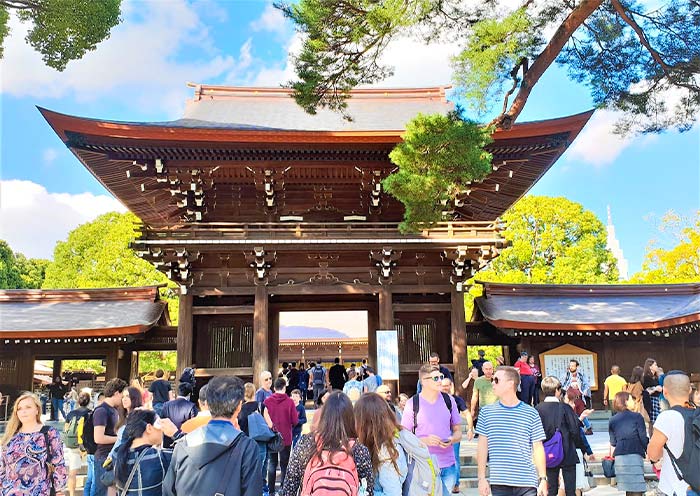
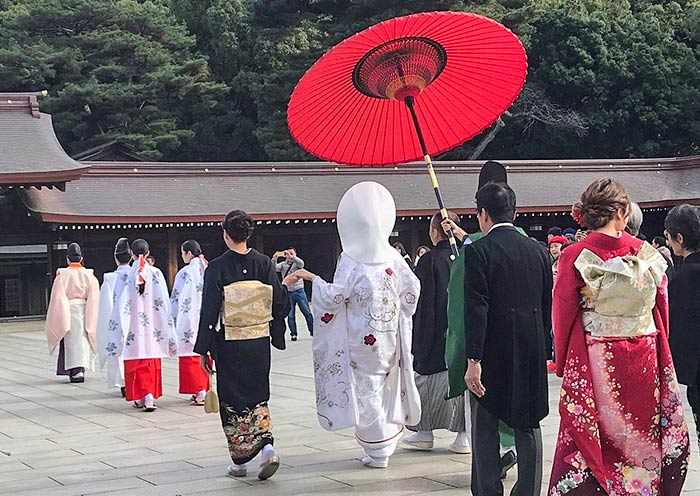
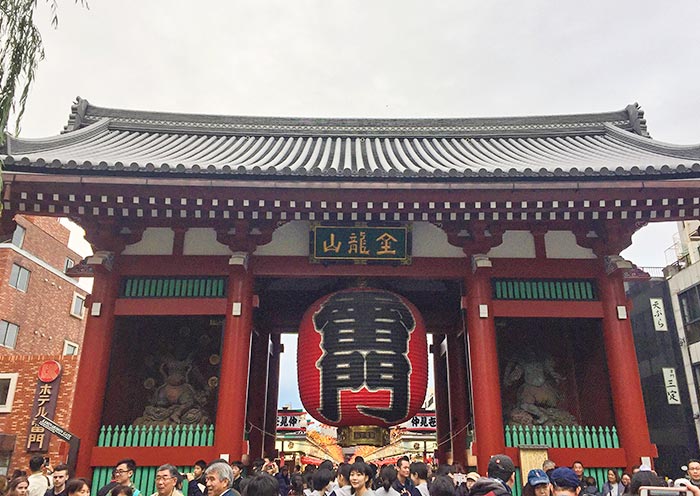
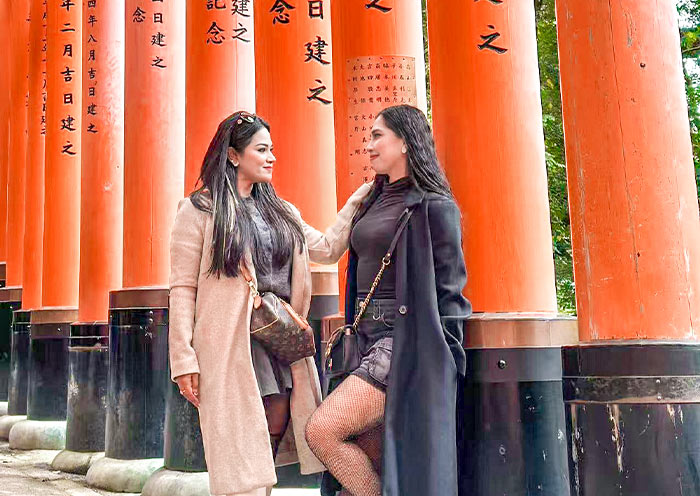
On this day, your driver in Tokyo will take you to the train station, where your group will board the Shinkansen (bullet train) to Kyoto. Shinkansen Ride Experience: At Tokyo Station, board the Shinkansen bound for Kyoto Station (about 2.5 hours). This fast and comfortable journey offers an opportunity to enjoy the changing landscapes of urban and rural Japan.
Kyoto, located in the Kansai region of the country, was once the capital of Japan. It epitomizes ancient Japan and is famous for tranquil temples, exquisite gardens, colorful shrines, grand imperial palaces, and ornate castles. Boasting 17 UNESCO World Heritage sites, over 1,000 Buddhist temples, and more than 400 Shinto shrines, Kyoto is among the world's most culturally rich cities. It's also known for traditional Japanese arts and practices, such as tea ceremonies, kaiseki dining (a traditional multi-course meal), and ikebana (flower arranging). It remains one of the best places to see geishas, who are traditional Japanese female entertainers known for their refined skills in arts, music, dance, and conversation.
Upon arrival in Kyoto, the local guide and driver will be waiting in the designated area to greet you and escort you for today’s sightseeing in Kyoto.
In this afternoon, your group will visit one of Kyoto's most iconic sights, Kinkakuji Temple (Golden Pavilion) - a UNESCO World Heritage site. This Zen Buddhist temple is famous for its stunning golden exterior. The temple's stunning visual appeal comes from its top two floors, which are completely covered in gold leaf. The reflection of the golden structure shimmering in the pond in front of it, makes it perfect for photos and quiet reflection. It was originally built in 1397 as a retirement villa for Shogun Ashikaga Yoshimitsu. After Yoshimitsu's death, as per his will, the villa was converted into a Zen temple by his son.
Next, head to Nijo Castle, another UNESCO World Heritage site, to delve deeper into Japan’s feudal history. Constructed in 1603 as the Kyoto residence of Tokugawa Ieyasu, the first shogun of the Edo period, its expansive grounds and ornate architecture highlight the power and wealth of the dominant samurai clans during the Edo period (1603-1867).
The castle features two concentric rings of fortifications, each consisting of a wall and a wide moat. After passing through the grand Kara-mon (gate), you will enter Ninomaru Palace, which is divided into five buildings with numerous chambers. The interiors are adorned with masterful paintings by the Kano school, reflecting the cultural and artistic heritage of the era. The castle is renowned for its "nightingale floors," (that sing and squeak at every move, making it difficult for intruders to move about quietly), designed as a security measure against intruders. Don’t miss the excellent Ninomaru Palace Garden, which was designed by the tea master and landscape architect, Kobori Enshu.
After the tour, you will be escorted to your 4-star hotel in Kyoto. Have a good rest!

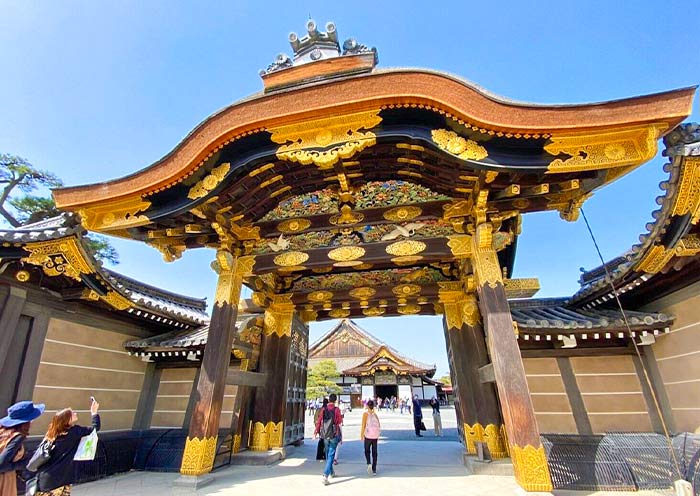
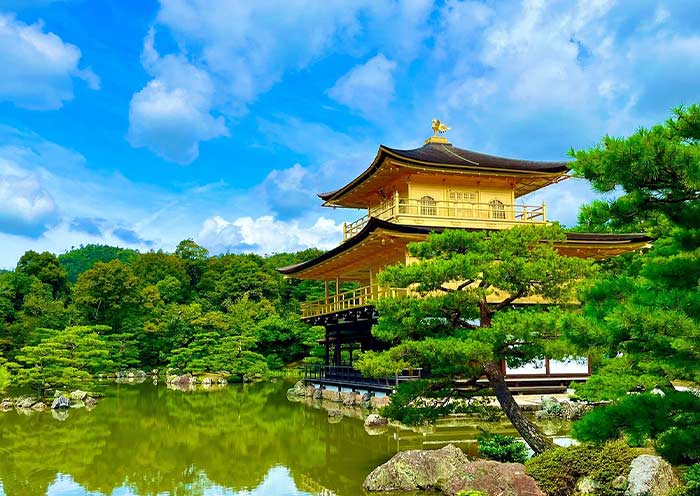
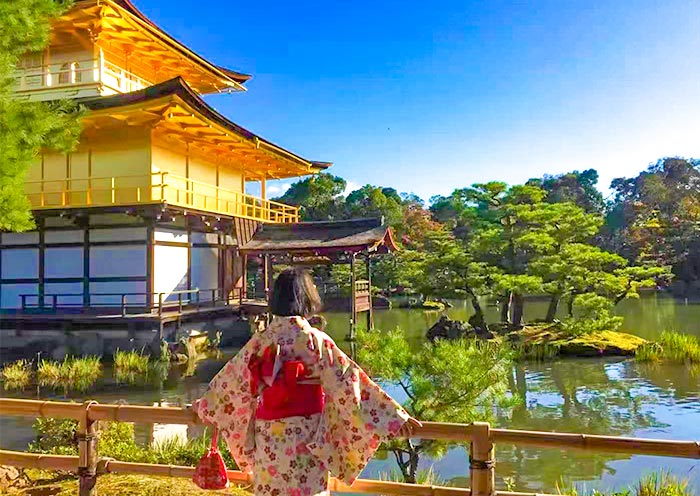
Kyoto, once the capital of Japan, epitomizes ancient Japan. Boasting 17 UNESCO World Heritage sites, over 1,000 Buddhist temples, and more than 400 Shinto shrines, Kyoto is among the world's most culturally rich cities. Known for traditional arts like tea ceremonies, kaiseki dining, and ikebana (flower arranging), Kyoto is also one of the best places to observe geishas.
After breakfast, your group will explore Kyoto for a full day. Start the morning in Kyoto bright and early at one of its most iconic sites - the Fushimi Inari Taisha Shrine, to beat the crowds.
Fushimi Inari Taisha Shrine is famous for its thousands of vermilion torii gates, known as Senbon Torii (“thousands of torii gates”). Layers upon layers of vermilion torii gates line the lush, wooded hillside, forming a seemingly endless corridor. The vibrant orange and black gates contrast beautifully with the surrounding greenery, creating a visually stunning and almost otherworldly path that is highly photogenic.
Fushimi Inari Taisha was founded in the early 8th century (711 AD) and is primarily dedicated to Inari, the Shinto god of rice, fertility, sake, agriculture, and industry. As you explore the shrine, you will encounter hundreds of fox statues. Said to be the messengers of the god Inari, who is associated with cereal grains, these fox statues often symbolize the deity. Many of these fox statues are depicted holding a key in their mouths, which is said to open the granary.
Tips: Hiking to the summit of the mountain and back will take two to three hours, but many people go only as far as the Yotsutsuji intersection because there are fewer torii gates beyond this point. It will take 30 to 40 minutes to reach Yotsutsuji.
Next, visit Kiyomizudera Temple, a UNESCO World Heritage Site. Perched on the hillside of Eastern Kyoto, this temple is renowned for its wooden stage that juts out over the hill, providing stunning views of the city and the surrounding nature. The temple's main hall, constructed entirely without the use of nails, is an architectural marvel. Kiyomizu-dera is also celebrated for its sacred waters, which are believed to have wish-granting powers that draw countless visitors who come to drink from its stream. Don’t miss the Hondo (Main Hall), Jishu Shrine, the Otowa Waterfall, and the spiritual experience of the Tainai-Meguri room.
Tips: The scenery at Kiyomizu-dera Temple is distinctively beautiful in each season, offering a unique charm year-round. In spring, the mountains are adorned with charming cherry blossoms; in summer, they are lush with vibrant greenery; in autumn, they are decorated with brilliantly colored leaves; and in winter, they are filled with enchanting trees.
Then, walk up the well-preserved streets of Ninenzaka and Sannenzaka. These charming, sloping streets are lined with traditional shops and quaint tea houses, offering a nostalgic glimpse into Kyoto's past. As you stroll through these areas, you can shop for unique crafts, sample local snacks, and perhaps stop at a café to relax and soak in the atmosphere of old Kyoto.
Continue to Yasaka Shrine, the guardian shrine of the Gion entertainment district, which dates back over 1350 years. Yasaka Shrine is particularly favored by those seeking beauty and wealth. Visiting this significant Shinto shrine in Kyoto, you may also find yourself gaining some good luck. The shrine is most famous for its Gion Matsuri in July, during which you can witness the procession where the deities of Yasaka are paraded through the city streets.
Adjacent to the shrine, Gion is Kyoto's famous geisha district. Here, you might catch a glimpse of Geisha (Geiko) in their elaborate kimonos and traditional makeup. As you wander through the cobblestone streets of Gion, take a moment to appreciate the beautifully preserved machiya (wooden townhouses), ochaya (teahouses), and exclusive ryotei (traditional Japanese restaurants). Gion is particularly enchanting at dusk when the lanterns are lit and geishas and maiko (apprentice geishas) make their way to evening appointments, making the narrow lanes come alive.
After the tour, your group will be escorted back to your hotel.
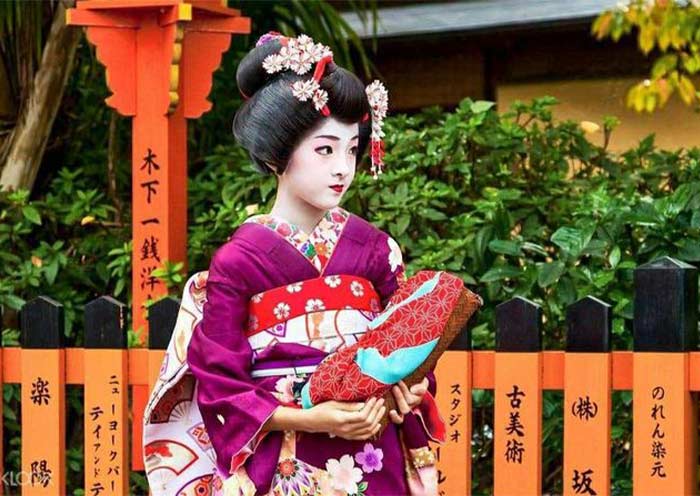

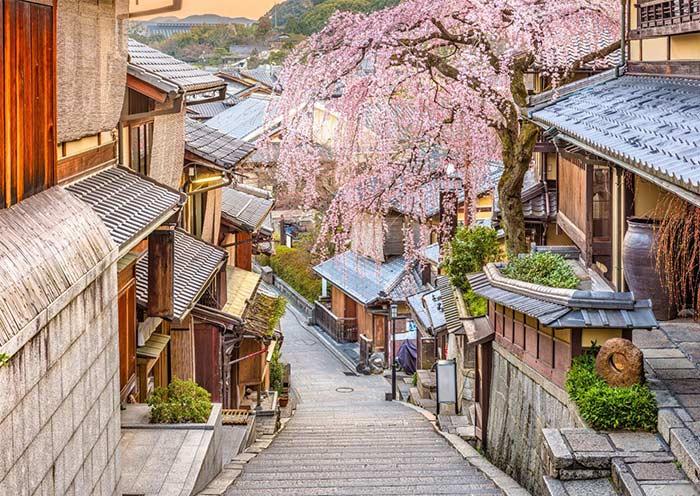
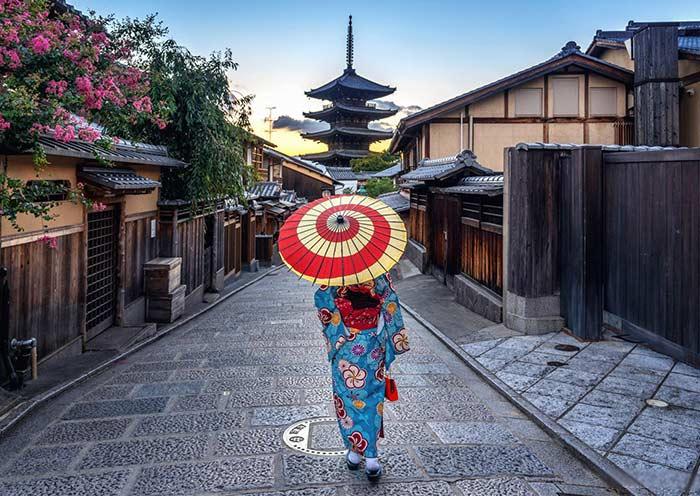
In this morning, your group will depart from Kyoto and head to Nara, an approximately 1.5-hour car ride. Before Kyoto, there was Nara, Japan’s first permanent capital and one of the country’s most rewarding destinations. Nara boasts 8 World Cultural Heritage sites, making it Japan's second most culturally rich city after Kyoto.
Visit Todaiji Temple, one of Japan's most historically significant temples and a UNESCO World Heritage site. It is known for housing the world’s largest bronze statue of the Buddha Vairocana, which stands just over 16m high and consists of 437 tonnes of bronze and 130kg of gold. It represents Vairocana Buddha and is flanked by two Bodhisattvas. Todaiji's main hall, Daibutsu-den (Big Buddha Hall), is one of the world’ 's largest all-wood buildings, even though the present reconstruction of 1692 is only two-thirds of the original temple hall's size.
Walk to Nara Park, adjacent to Kasuga Taisha. This park is famous for its hundreds of freely roaming deer, considered messengers of the gods in Shinto tradition. Purchase some shika senbei (deer crackers) to feed the deer as you stroll through the park.
Head to Kasuga Taisha (Kasuga Grand Shrine), Nara’s most celebrated Shinto shrine, another UNESCO World Heritage Site. It is renowned for its lanterns, which have been donated by worshippers. Hundreds of bronze lanterns can be seen hanging from the buildings, while thousands of stone lanterns line its approach and the surrounding woods. These lanterns are lit twice a year during the Lantern Festivals in February and August, creating an ethereal and mesmerizing atmosphere.
After the tour, drive to Osaka (typically takes around 45 minutes to an hour). Osaka, Japan's third-largest city and a major economic hub, is renowned for its rich history, diverse cuisine, distinctive culture, and robust economic strength. The city's unique sense of humor and open personality make it an exceptionally interesting place, more colorful than most cities. Acres of concrete are covered with dazzling neon lights and brightly colored storefronts. Osaka is a city that loves to eat, known as the "nation's kitchen", boasting a wide variety of culinary delights.
In this afternoon, visit Osaka Castle Park, one of Japan’s most famous landmarks and a symbol of Osaka’s historical grandeur. Originally built in 1583 by Toyotomi Hideyoshi, a powerful daimyo who aimed to unify Japan, it was the largest castle of its time. After multiple renovations and reconstructions, today's Osaka Castle has been transformed into an open park, covering a total area of 105.6 hectares, making it a must-visit attraction.
Walking into the scenic area of Osaka Castle, you'll be amazed by the massive scale and precision of the moats, gates, and stone walls. The largest stone slab is 11 meters wide, and many stones are inscribed with the crests of the 64 daimyō (feudal lords) tasked with the castle’s construction back in 1620. Overlook the Main Tower (Tenshukaku) of Osaka Castle, which stands tall against the sky at the center of the extensive castle grounds. Take some time to stroll through the Nishinomaru Garden, which offers a picturesque setting with over 600 cherry trees and beautiful views of the castle tower from below. This is especially enchanting during the cherry blossom season, which usually occurs in late March and/or early April.
Last, enjoy shopping at Shinsaibashi-suji Shopping Street, Osaka's busiest shopping arcade. Then, head to the lively district of Dotonbori, where waterways are lined with luminous advertisements and signs. It's especially glitzy during the holiday season, with decorations strung across the bridges. Full of fantastic restaurants, clubs, and karaoke bars, it's the city's go-to area for entertainment. Take a photo at the iconic Glico Man sign. Try takoyaki, ball-shaped octopus bites, kushikatsu (Japanese deep-fried skewered meat and vegetables), and okonomiyaki, a savory Japanese pancake topped with whatever you like.
Free Time Ideas: visit Shinsekai (New World), an old neighborhood known for its nostalgic atmosphere reminiscent of the Showa era. Tsutenkaku Tower is the iconic landmark of this district. It was inspired by cities like Paris and New York. From a modern perspective, this 100-meter-tall steel tower may not seem particularly high, yet it holds a significant place in local history as a symbol of progress and innovation. Visiting Shinsekai is like stepping back in time, offering both the charm of yesteryears and the excitement of modern urban culture.
After the tour, your group will be escorted to the 4 star hotel in Osaka.
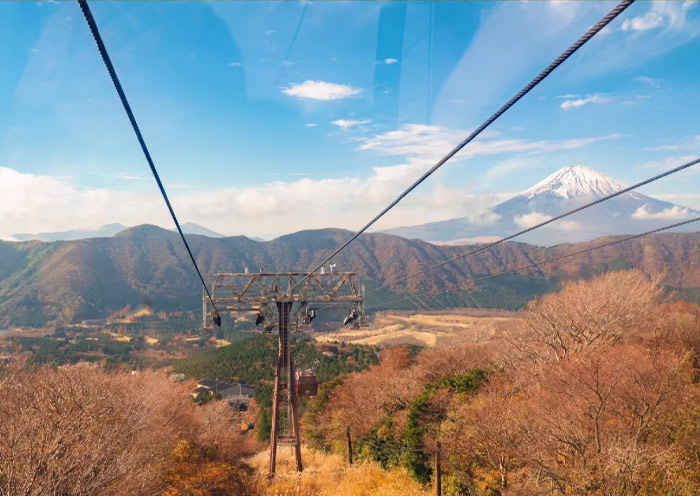
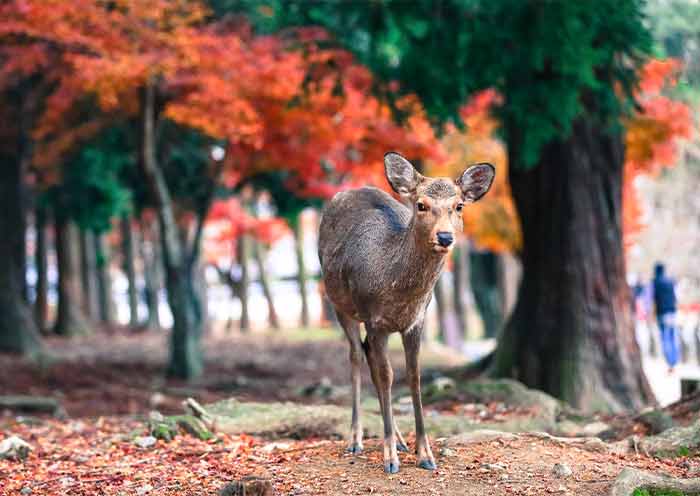
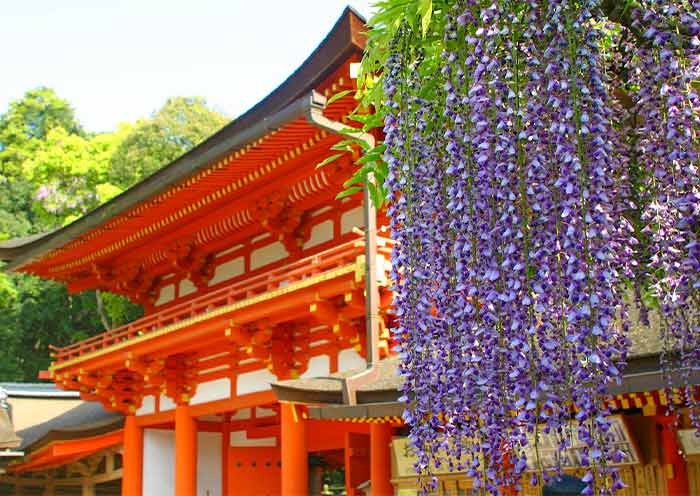
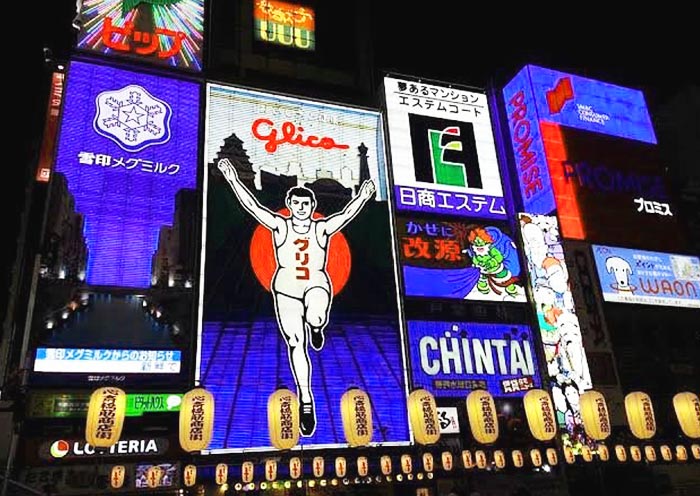
It is time to end your unforgettable 9 Days Singapore Japan Tour. Your driver will ensure a smooth transfer to Kansai International Airport (KIX) for your departure flight.
Trip Extension: If you'd like to extend your adventures in Japan, consider exploring other notable regions like Kobe, Hiroshima, Mt. Fuji, Hakone, etc. Feel free to contact us to customize your extended itinerary.
Thank you for choosing Asia Odyssey Travel for your tour of Asia. We are dedicated to enhancing your travel experiences and look forward to welcoming you on your next adventure in Asia. Have a safe journey home!
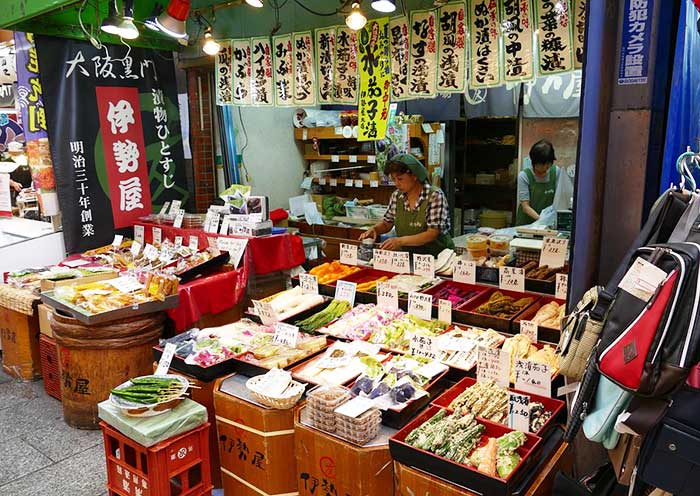
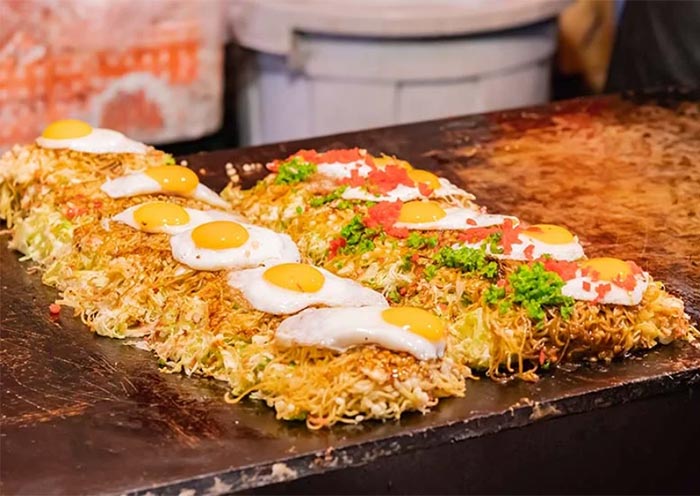
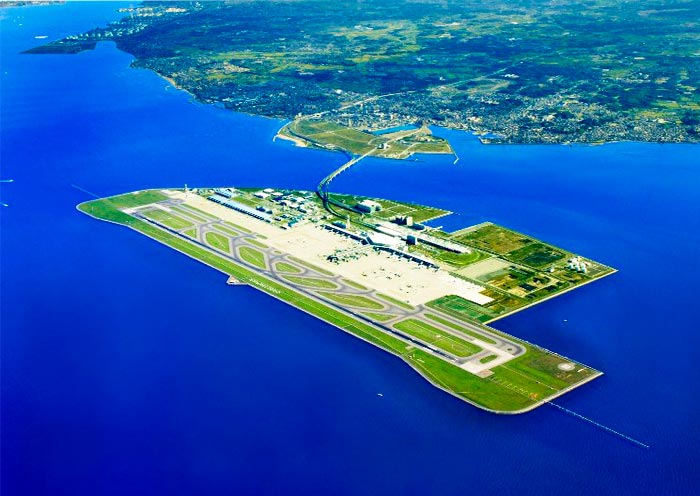
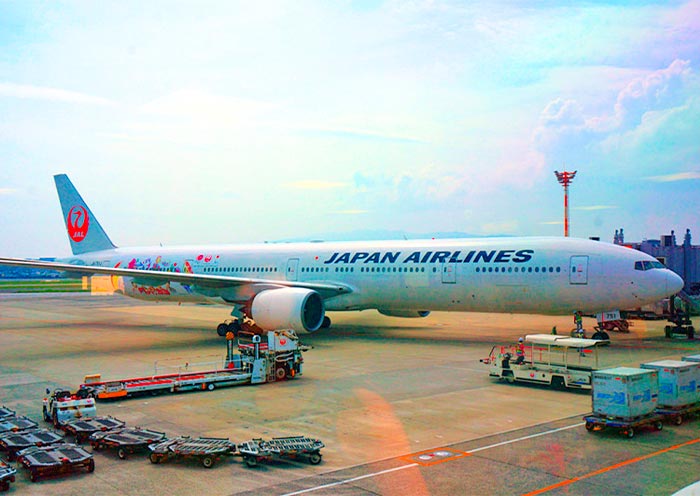
Price: What’s Included & What’s Excluded
Photo Gallery for This Itinerary
Price: request
(Based on a private tour for two people. Price varies depending on program, travel date, number of people.)
Free Enquiry! You don’t need to pay for the reservation.
- United States (+1)
- Australia (+61)
- Singapore (+65)
- Malaysia (+60)
- Philippines (+63)
- Canada (+1)
- Italy (+39)
- Indonesia (+62)
- United Kingdom (+44)
- Spain (+34)
- Mexico (+52)
- Hong Kong (+852)
- Thailand (+66)
- United Arab Emirates (+971)
- New Zealand (+64)
- South Africa (+27)
- Germany (+49)
- Brazil (+55)
- India (+91)
- France (+33)
- Vietnam (+84)
- The Netherlands (+31)
- Saudi Arabia (+966)
- Ireland (+353)
- Argentina (+54)
- Switzerland (+41)
- Romania (+40)
- Pakistan (+92)
- Japan (+81)
- Portugal (+351)
- Bangladesh (+880)
- South Korea (+82)
- Puerto Rico (+1)
- Türkiye (+90)
- China (+86)
- Belgium (+32)
- Qatar (+974)
- Greece (+30)
- Taiwan (+886)
- Austria (+43)
- Poland (+48)
- Israel (+972)
- Chile (+56)
- Sri Lanka (+94)
- Nigeria (+234)
- Peru (+51)
- Colombia (+57)
- Hungary (+36)
- Nepal (+977)
- Denmark (+45)
- Bulgaria (+359)
- Norway (+47)
- Slovenia (+383)
- Sweden (+46)
- Kuwait (+965)
- Costa Rica (+506)
- Ecuador (+593)
- Venezuela (+58)
- Malta (+356)
- Croatia (+385)
- Tunisia (+216)
- Czechia (+420)
- Mongolia (+976)
- Bahrain (+973)
- Mauritius (+230)
- Papua New Guinea (+675)
- Cambodia (+855)
- Dominican Republic (+1)
- Luxembourg (+352)
- Finland (+358)
- Guatemala (+502)
- Myanmar (+95)
- Maldives (+960)
- Slovakia (+421)
- Laos (+856)
- Serbia (+381)
- Brunei (+673)
- Oman (+968)
- Macao (+853)
- Panama (+507)
- Morocco (+212)
- Jordan (+962)
- Georgia (+995)
- Fiji (+679)
- Bolivia (+591)
- Lithuania (+370)
- Bahamas (+1)
- Cyprus (+357)
- Latvia (+371)
- Bhutan (+975)
- Iraq (+964)
- Iran (+98)
- Kenya (+254)
- Jamaica (+1)
- Zimbabwe (+263)
- Azerbaijan (+994)
- Uruguay (+598)
- Estonia (+372)
- Andorra (+376)
- Cameroon (+237)
- Ghana (+233)
- Kazakhstan (+7)
- Nicaragua (+505)
- Egypt (+20)
- Russia (+7)
- Albania (+355)
- Réunion (+262)
- Montenegro (+382)
- Algeria (+213)
- Afghanistan (+93)
- Martinique (+596)
- Uganda (+256)
- Honduras (+504)
- North Macedonia (+389)
- Trinidad and Tobago (+1)
- Suriname (+597)
- Antigua and Barbuda (+1)
- Zambia (+260)
- Ukraine (+380)
- Armenia (+374)
- Barbados (+1)
- Belarus (+375)
- Palestine (+970)
- Lesotho (+266)
- Moldova (+373)
- Ethiopia (+251)
- French Polynesia (+689)
- Gambia (+220)
- Guam (+1)
- Gibraltar (+350)
- Isle of Man (+44)
- New Caledonia (+687)
- El Salvador (+503)
- Comoros (+269)
- Seychelles (+248)
- Chad (+235)
- Samoa (+685)
- Cook Islands (+682)
- Palau (+680)
- Paraguay (+595)
- DR Congo (+243)
- Solomon Islands (+677)
